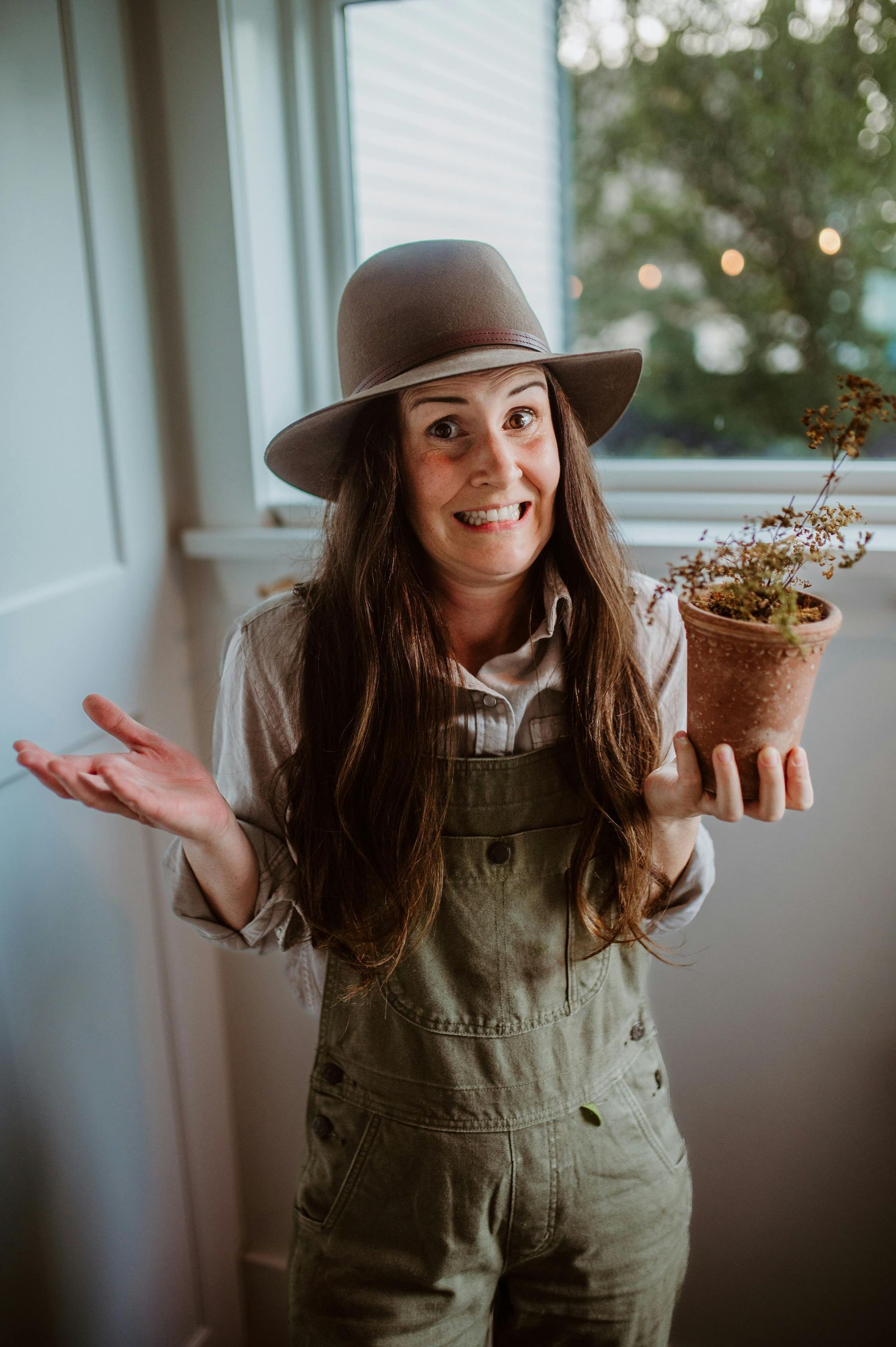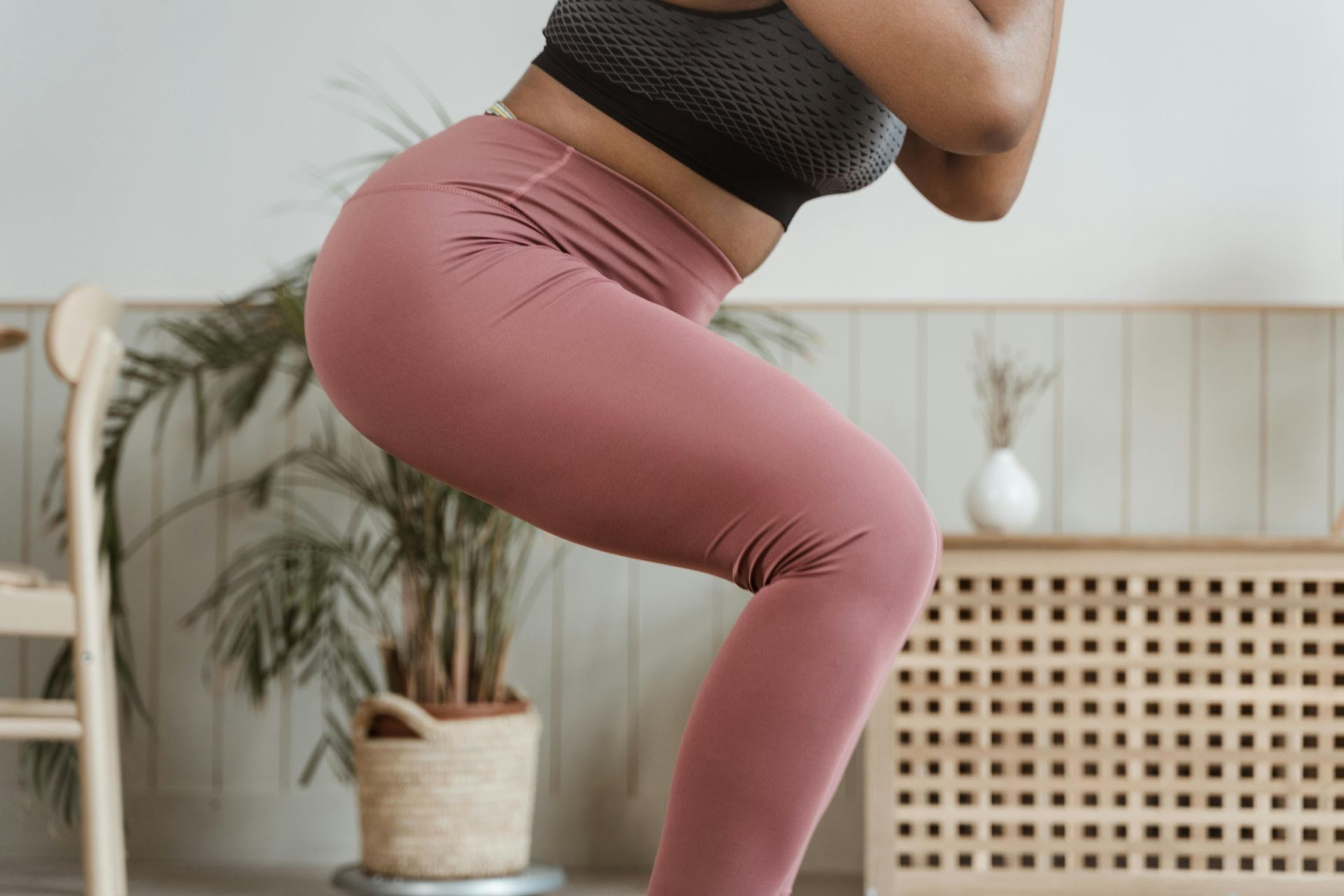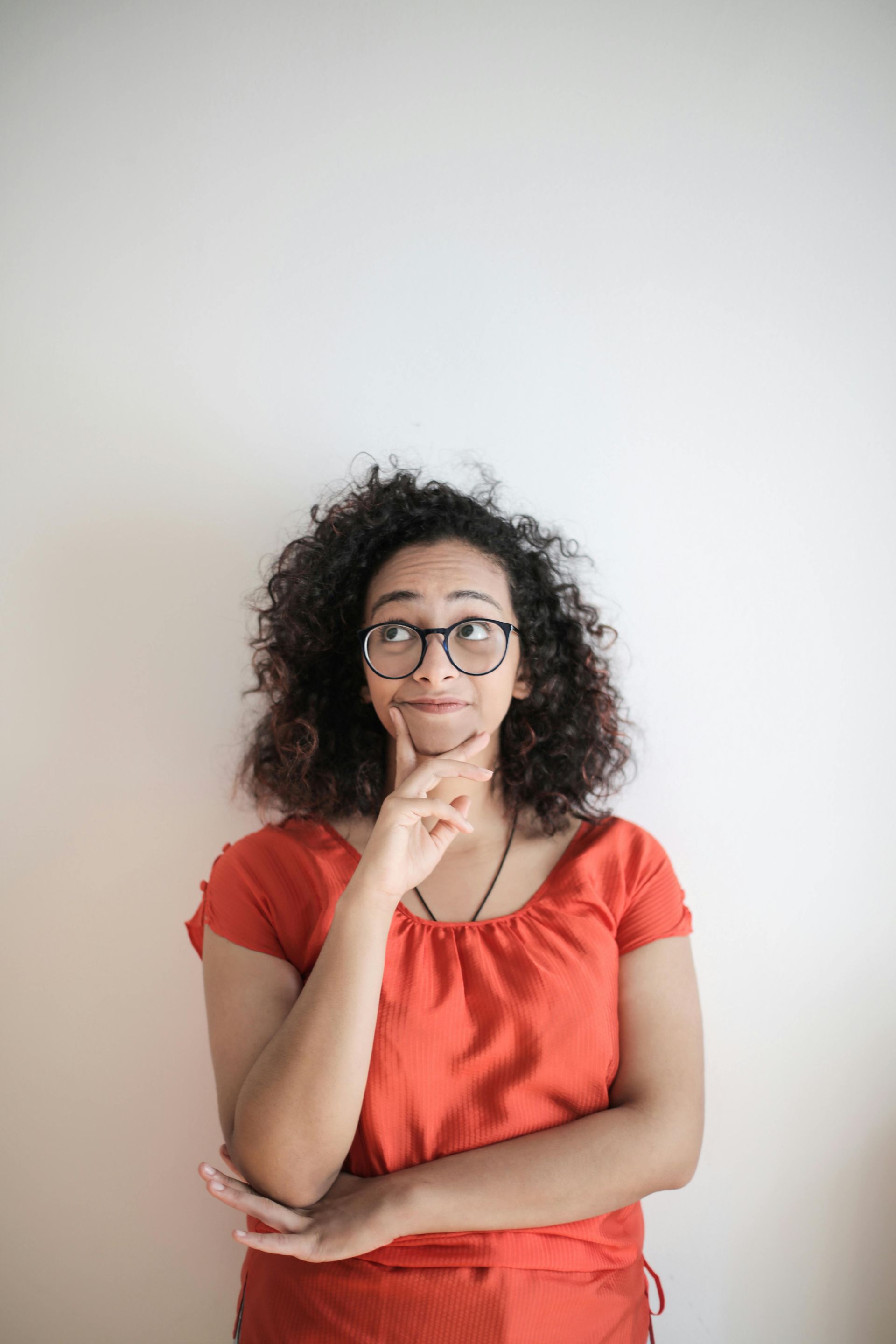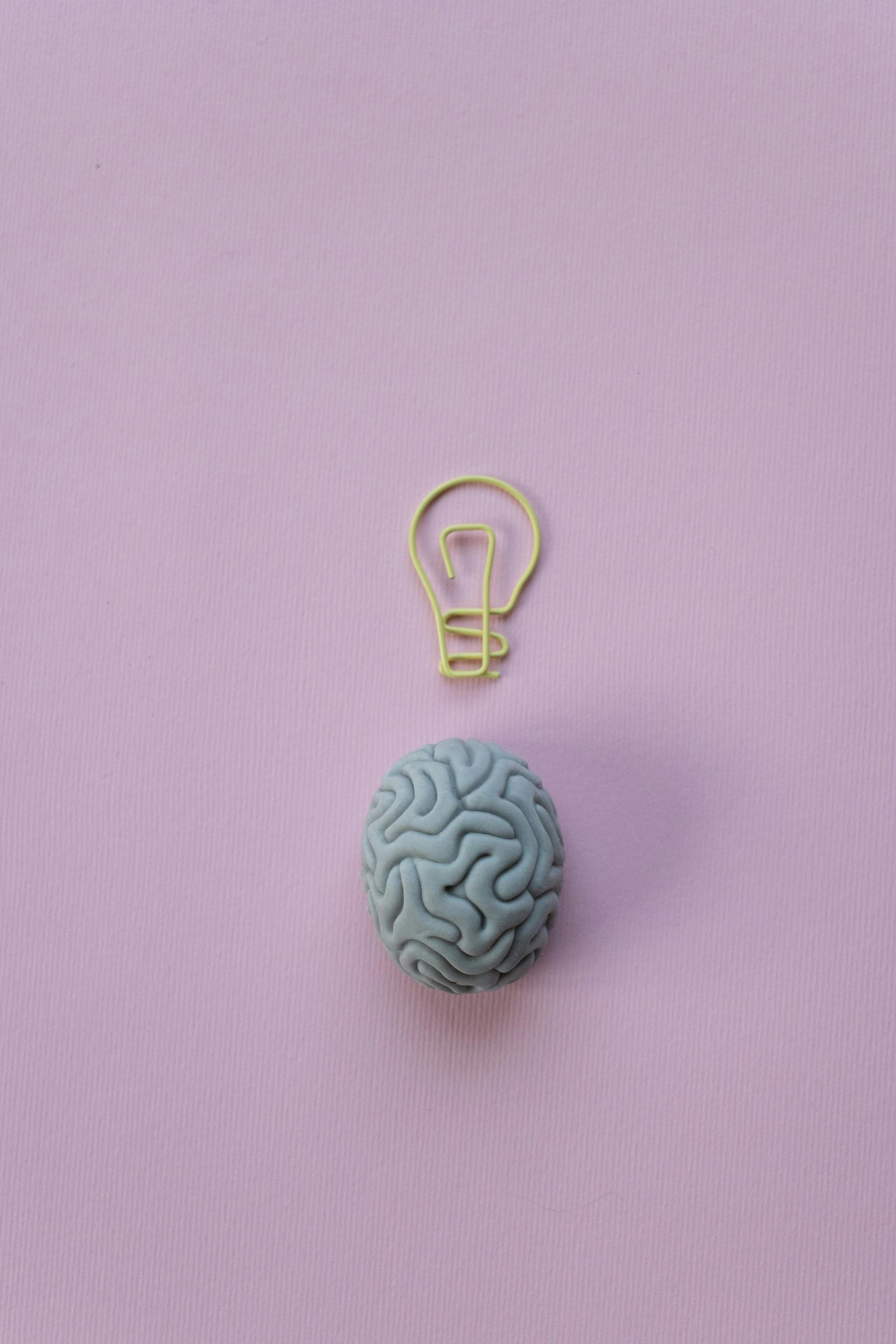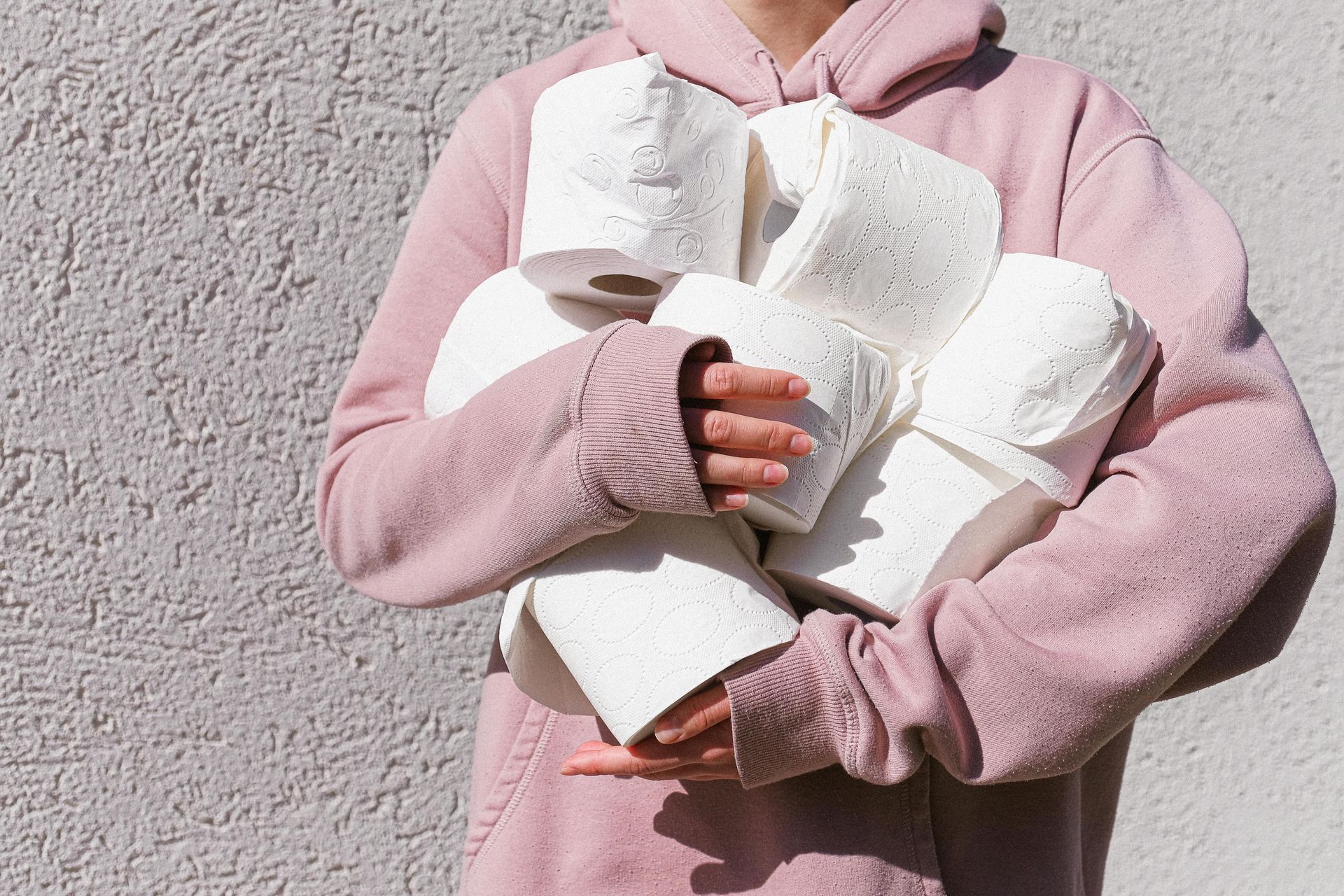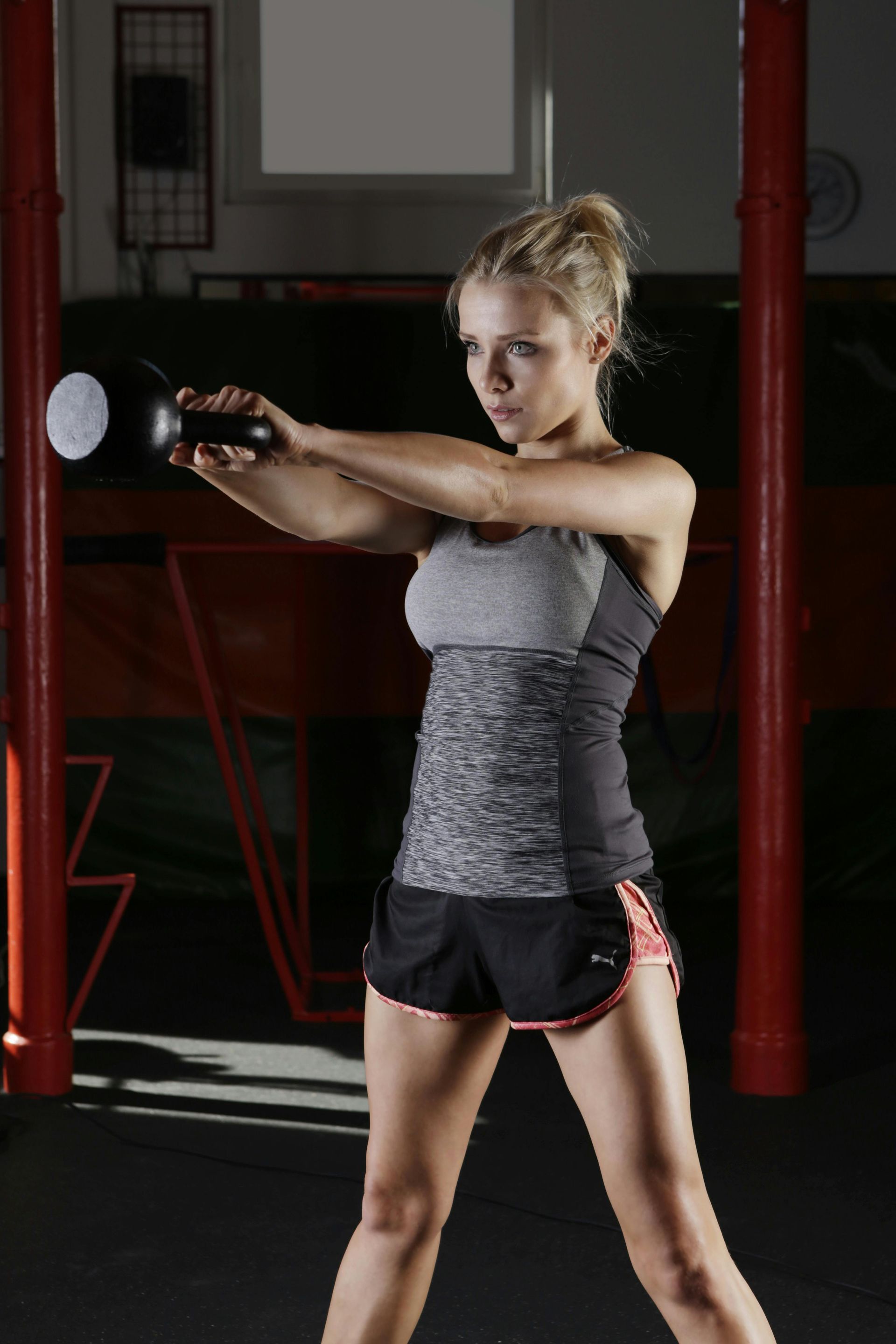The other secret to a strong core
Jane Arlow • October 28, 2020
Love the effects strengthening of Pilates? Here's another way to get strong!
Today, I’m talking to Fiona Michaels, who’s been performing Belly Dance in her native South Africa for 17 years and has been teaching it for 11 years. We got talking about the similarities and differences between Pilates and Belly Dance and realised that the two practices had more in common than we expected!
Fiona, why should we try Belly Dance?
Firstly, and most importantly, it’s FUN. We all know that dancing of any type makes us happy. Maybe you’ve been looking at some of the dance-style classes on the Virtual Studio timetable, but haven’t quite found the one for you yet.
I know that many people can feel like they’re not “enough” to attend dance classes (thin, tall, coordinated, young etc). Belly Dancing is fantastic for women of all ages and body types.
Tell us a bit more about the history of Belly Dance.
Belly Dancing is one of the oldest forms of exercise. It was created by women for women and it’s believed that it began as a fertility and childbirth ritual in ancient times. It was taught to young girls to tone and strengthen their body in preparation for marriage and childbirth.
Women also danced to celebrate or acknowledge life events such as the changing seasons, social gatherings, weddings, and births.
Belly Dance is about finding and accepting the feminine beauty within ourselves. Through the music, dance and connection with an ancient culture, the mystery of the movement of our muscles and body is awakened.
It’s an art-form that’s been around for a while, then?
Belly dance has a rich history, which is believed to go back around six thousand years to the times of matriarchal cultures and the worship of female deities.
Today there are many different styles of the dance that have evolved from various Middle Eastern countries, North Africa, and the Romany cultures over many years. In fact, some say that it was brought to the Middle East by Roma from India who also developed flamenco from it in Spain and Morocco.
How does Belly Dance benefit our health?
Belly Dance is fantastic for all aspects of our health – it improves fitness, strength, flexibility and, like Pilates has a definite mind-body element!
The fast movements of hip, shoulder and leg shimmies raise our heart rate to improve our fitness and work up a sweat.
The slow movements such as slides, circles, figure of 8’s and snake arms build strength, flexibility and tone muscles.
The undulating movements of the belly gently massage the internal organs and help us to improve the strength and flexibility of all the stomach muscles.
What about the mind-body element, Fiona?
Like Pilates, Belly Dancing reduces stress and promotes relaxation as the movements require working with the breath and focus as we isolate different parts of the body.
I often feel like it’s meditation in motion, especially when combined with the music that has different instruments, tones, and rhythms than those we might be otherwise used to.
But how does it make you feel?
Many women claim that belly dancing has awakened their “goddess within”. They start to accept and feel comfortable with their natural body type and shape and connect with their femininity on a deeper level. Also, it’s about appreciating the beauty within ourselves, which in turn radiates outwards.
Belly Dancing is a mind/body/spirit practice rooted in ancient wisdom. For some it evokes the mysteries of ancient cultures that are mysterious yet somehow familiar. We learn to move our muscles and flow with a movement that, at first, seems foreign, yet natural. If we’re open to it, we can also start to tap into the mystery of the feminine divine connection.
Of course, it can also be simply a means of exercise and learning a joyful new skill as you begin to learn to move your body and express yourself in new ways.
Once you’re hooked, belly dance becomes a way of life and you find yourself shimmying and swaying with a bit of sparkle and spice as you make your way through your day! Who doesn’t love that feeling?
The all-important question - do I get to dress up?
If you loved playing dress up as a girl or love doing arts and craft projects, you’re sure to make your inner magpie happy as you see every shiny bauble, trimming or piece of jewellery as costume potential! I absolutely love designing and creating my costumes!
Are you ready to try your first class?
As a beginner belly dancer, you’ll learn the fundamental movements. Come and try a class with us on 15th November 2020 - you can book here. You’re going to be opening up a treasure chest of health and well-being benefits that will support and enhance your life for years to come!
In my next post
I’ll tell you what to expect….
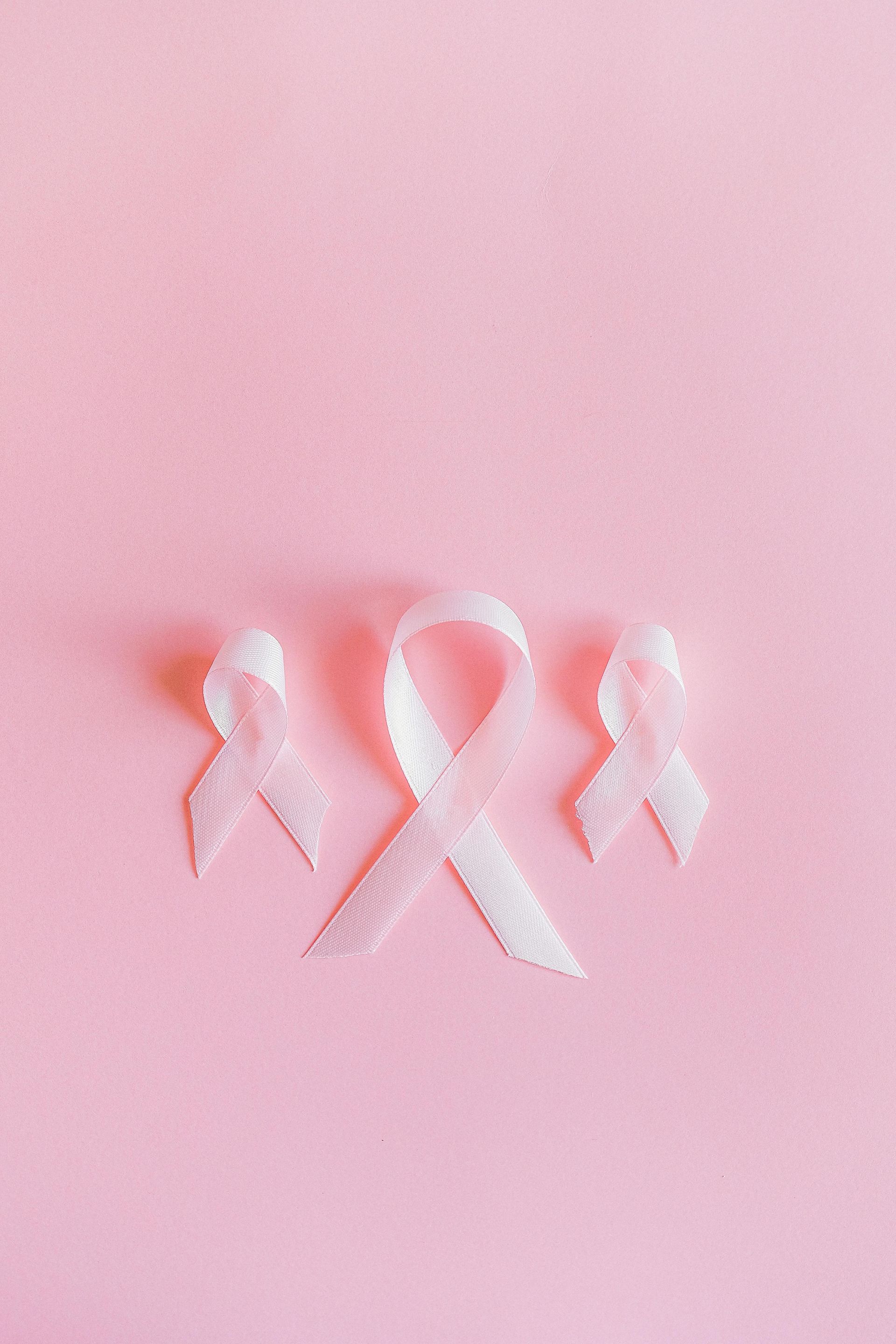
October's Breast Cancer Awareness Month and if you haven't done it recently, please let this be the nudge you need to give them a good feel up. Here 's a link to the NHS website below showing how to perform your check and what to look for. If you're one of my gentlemen readers, please don't think this doesn't apply to you. It does. Men can still get breast cancer. And if you find something that doesn't seem right, please contact your GP as soon as possible. 80-90% of lumps are likely to be benign, but for the small percentage of those that aren't, early detection and treatment are your best chances of having successful treatment and being around to annoy friends and family for a long time. Don't skip your mammogram I know having mammograms is really uncomfortable. But this is one of the best ways to check for cancers that aren't otherwise easily spotted. So if you get invited, please go. (And don't skip your smear test either!!!) Know your risk factors 1 in 7 women will get breast cancer in their lifetime. Here are some of the risk factors: - Age : older women are more likely to get breast cancer than younger women and age is the highest risk factor. - Genetics : Breast cancer risk is higher if you have first-degree relatives who've had it (although 85% of women with a relative with breast cancer WON'T get it). - Breast density (relates to the percentage of non-fatty tissue): the risk is highest for those with the most dense tissue. You can ask your radiographer to tell you whether you have dense tissue at your mammogram. - Lifestyle factors: These include having overweight or obesity, alcohol consumption, tobacco use and insufficient physical activity. - Exposure to endocrine disrupting chemicals: These "forever" chemicals, such as pthalates and parabens, show up in makeup and toiletries. Risk doesn't normally come from one exposure to one chemical, but from prolonged exposure to many different chemicals over a long period of time. You can read more about the risks here It's worth noting that even if you get a diagnosis, it's unlikely you'll ever know if there was "one thing" that caused it. What happens if you get a diagnosis of breast cancer? I am in no way competent to comment on the treatment plan your medical team recommend for you. Everyone I know who's had breast cancer has had a different treatment plan, depending on: the stage of cancer; whether it had spread further; whether it was hormone-receptive; whether it was due to genetic mutation; and the age of the woman. I do know that for all of us, it was a really scary time. You should be given access to resources outside of the surgical and oncology team, often via a Macmillan nurse, who can answer questions on topics from your treatment and reactions, to claiming for extra benefits. They're also great if you're not sure what questions to ask. While you're in the heat of the panic, it can be difficult to think clearly about what you need to know. Using "what should I be asking that I'm not?" is super helpful. Keep moving after your diagnosis, during and after treatment The one thing I can advise you on with all confidence, is to keep moving. Exercise is safe, possible and helpful for individuals with breast cancer, throughout the treatment cycle. In fact, international guidelines say you should try to get back to your normal activities as soon as possible. Exercise can help reduce the risk of cancer coming back; and may stop stage 1 cancers from growing further; and can also reduce treatment side effects like tiredness, cognitive impairment or lympoedema. Yes, you may need to dial back your usual activities if treatment leaves you feeling exhausted. But whenever you can, please aim for 150 minutes of exercise in every week. Many forms of treatment also lead to a higher osteoporosis risk, so please also do resistance-based and/or some impact-based exercise every week. I'd also recommend paying attention to shoulder mobility. Scar tissue and "guarding" of surgery sites can reduce your range of movement a lot. Check in with your medical team to confirm if there's any specific movements you should avoid during your treatment plan, and when you'll be signed off to go back to them. One last piece of advice someone else gave me... When you tell people you have cancer, a lot of them will have an opinion on your treatment plan. Especially if they're of the "my friend cured their cancer by just eating this one thing.." type. Unless this person is an oncologist, you can safely ignore them! So, what are you still doing reading this? Go off and give yourself a fondle!

